By Jill Hall and Karen Marshall
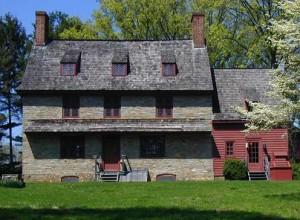
Brinton 1704 House and the surrounding lands were the location of core combat actions in the final phase of the Battle, Chadds Ford, Delaware County
On September 11, 1777, British General William Howe and his professional army engaged General George Washington and his citizen soldiers along the banks of the Brandywine River about 30 miles southwest of Philadelphia. Part of a larger strategy known as the Philadelphia Campaign, the Battle of Brandywine was one of the earliest and largest battles of the American Revolution, encompassing some 30,000 British and American soldiers. The Battle lasted from sunup to sundown, instantly changing the character of a quiet farming community that consisted predominately of Quakers. Although the Battle of Brandywine was a loss for the Americans, they proved that they had the resiliency to withstand the British, increasing French support of the American cause. Continue reading
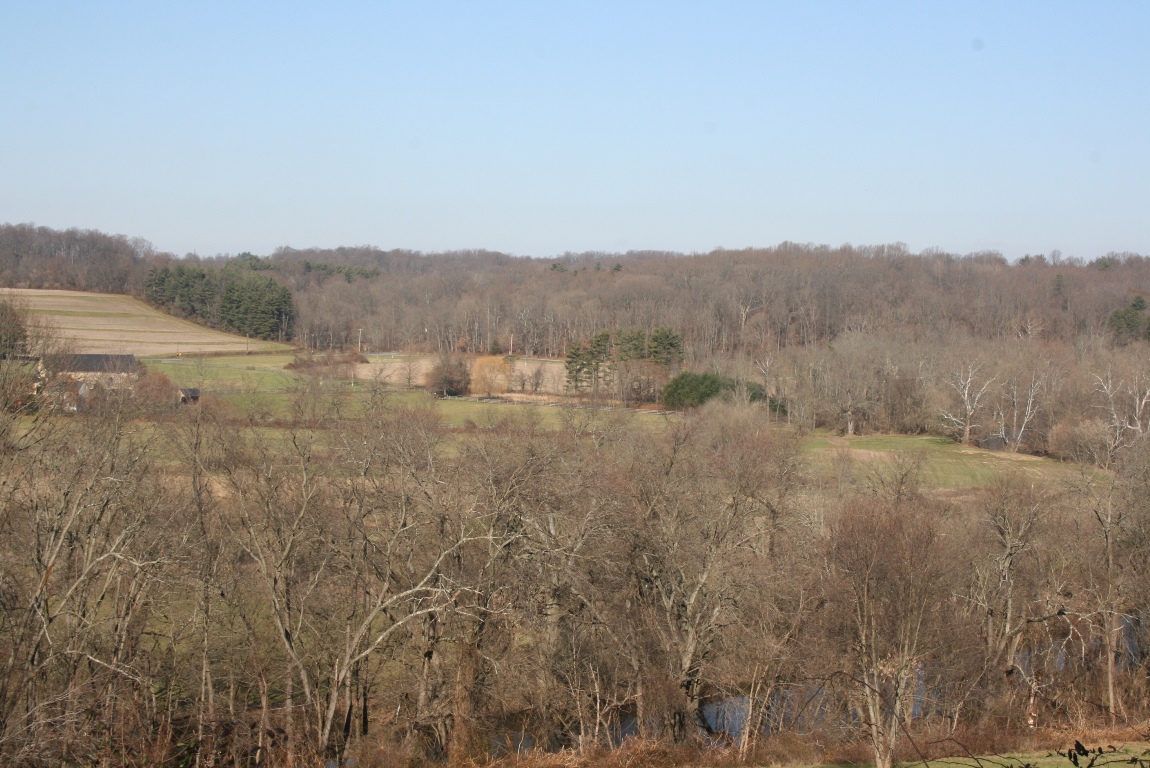
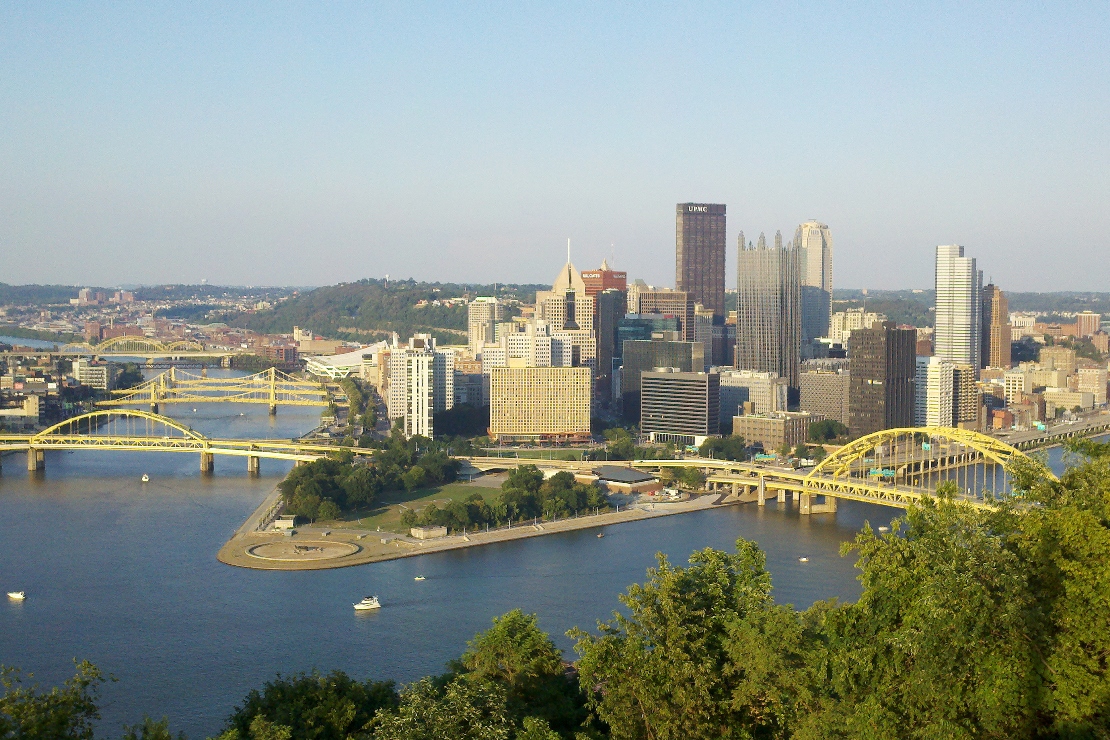
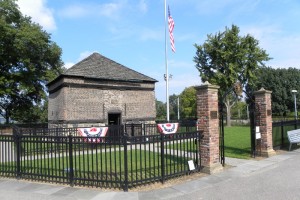
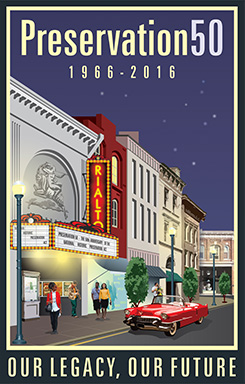
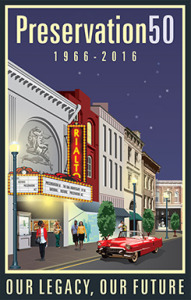 In the waning months of 1964, a small group of preservation advocates, beleaguered by nearly two decades of Federal transportation and urban renewal programs that decimated historic communities across the country, gathered to strategize about a new national framework for historic preservation. They wondered whether the “progress” ushered in by the post war economic boom could be redefined in ways that would respect, and even enhance, historic places? Those efforts would eventually lead, in October 1966, to the adoption of the
In the waning months of 1964, a small group of preservation advocates, beleaguered by nearly two decades of Federal transportation and urban renewal programs that decimated historic communities across the country, gathered to strategize about a new national framework for historic preservation. They wondered whether the “progress” ushered in by the post war economic boom could be redefined in ways that would respect, and even enhance, historic places? Those efforts would eventually lead, in October 1966, to the adoption of the 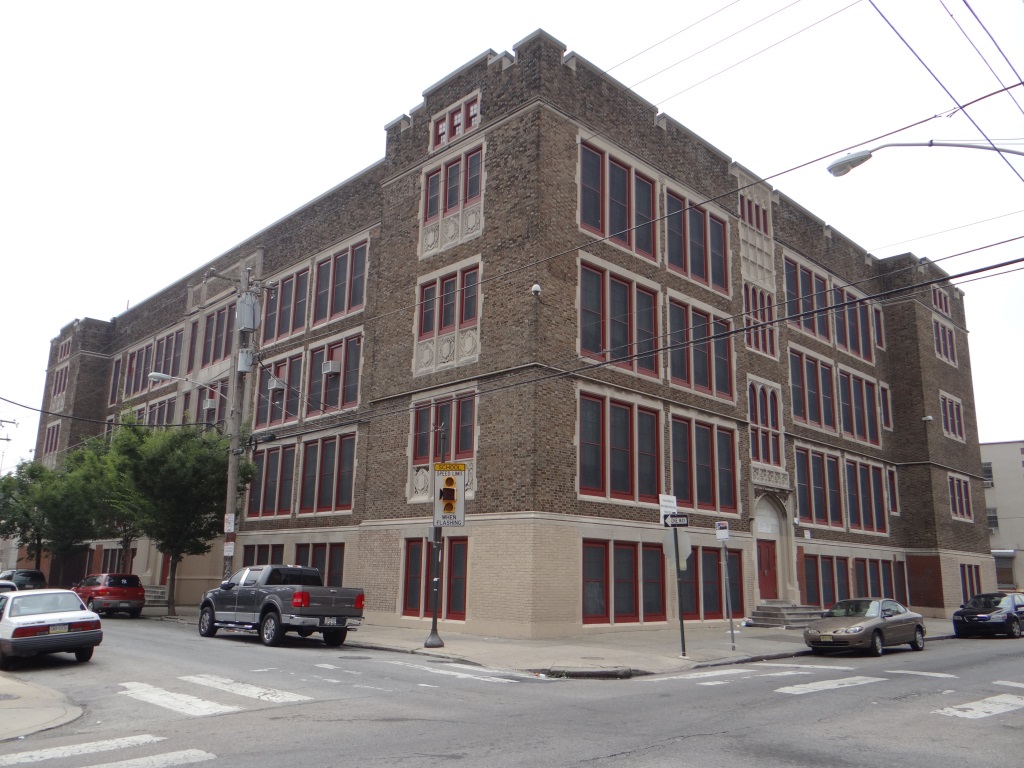
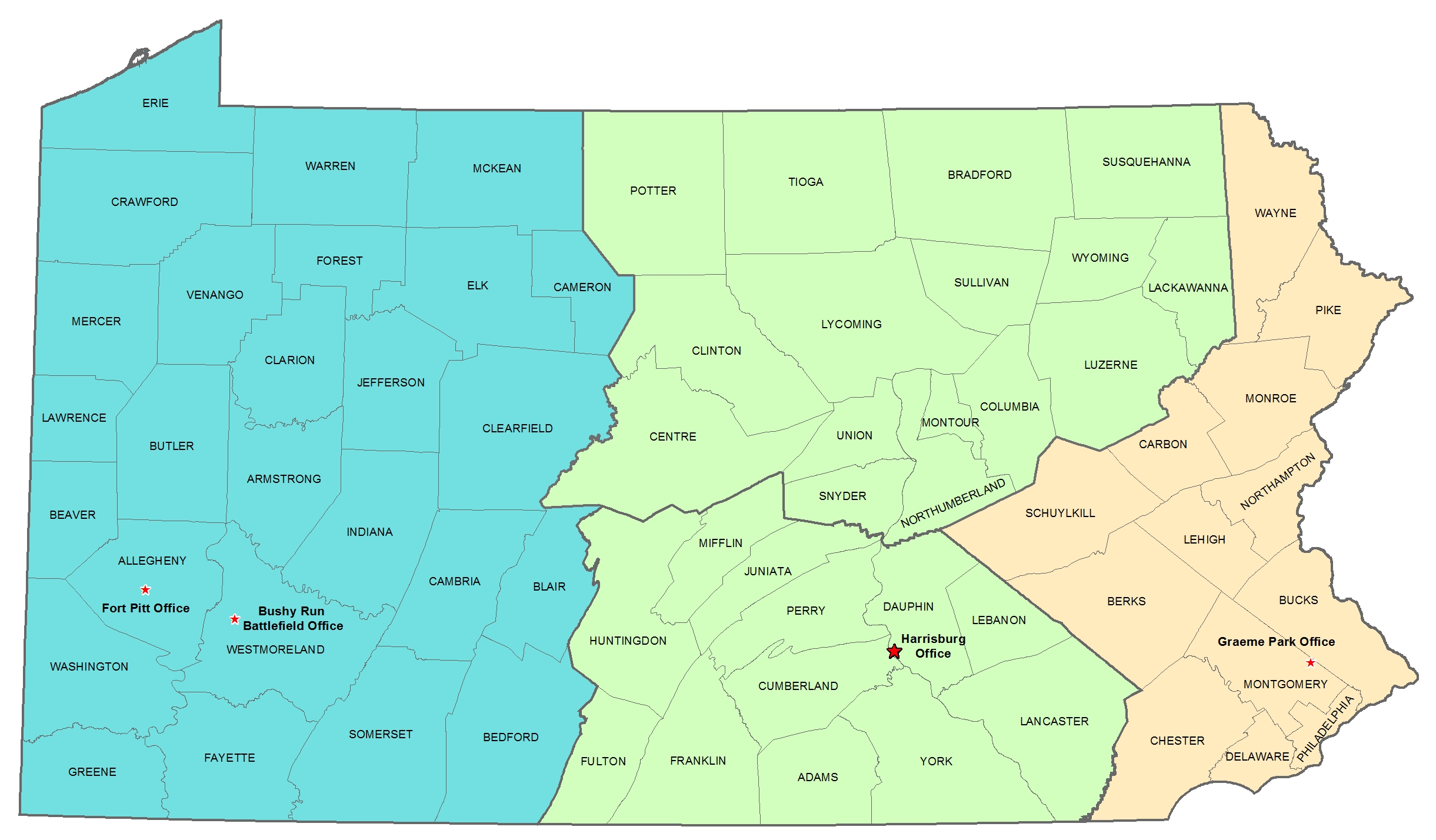
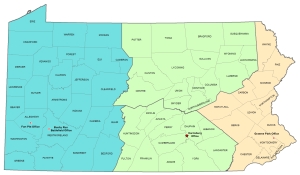 Bite off more than you can chew, then chew it. Plan more than you can do, then do it.
Bite off more than you can chew, then chew it. Plan more than you can do, then do it.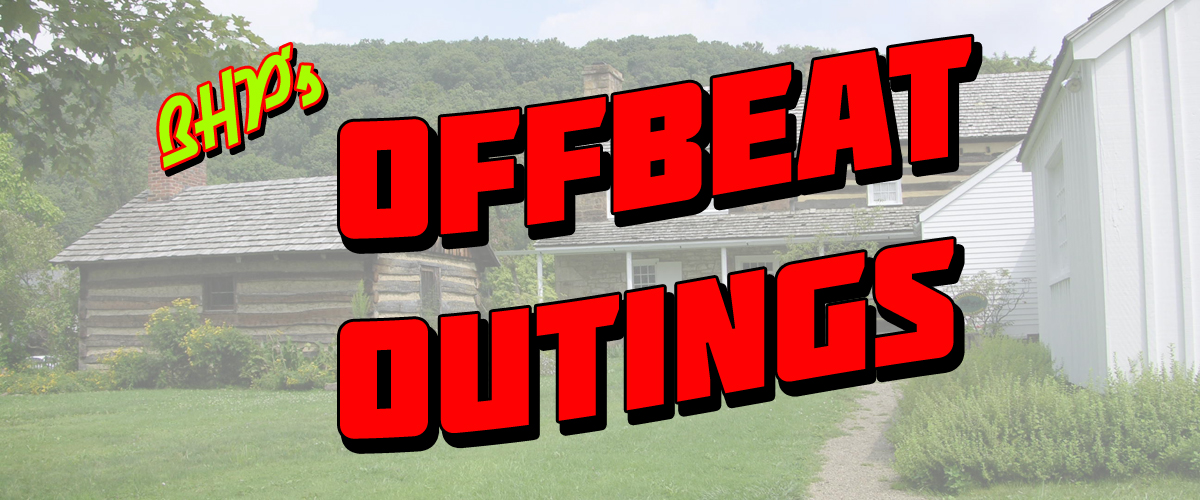
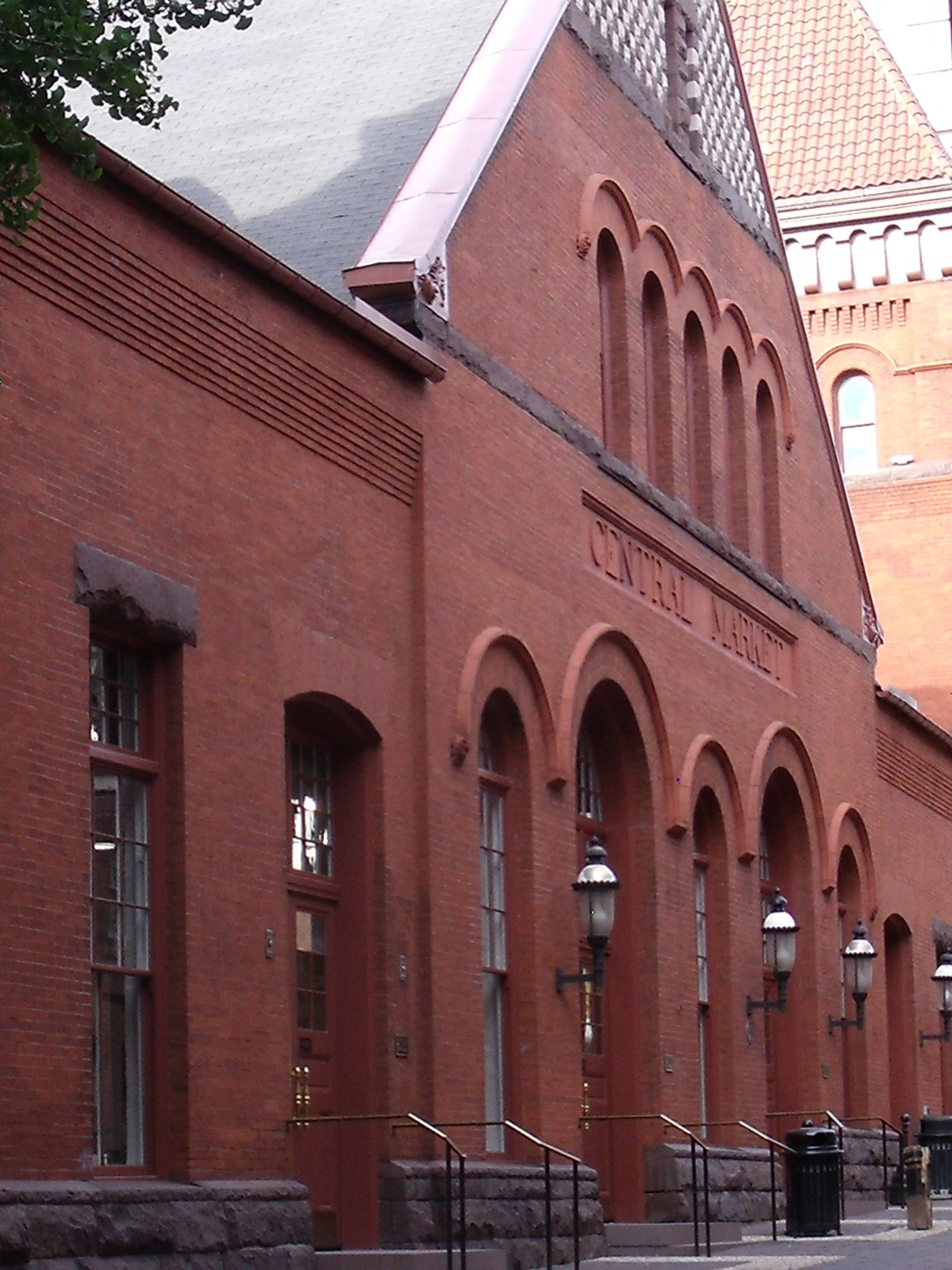

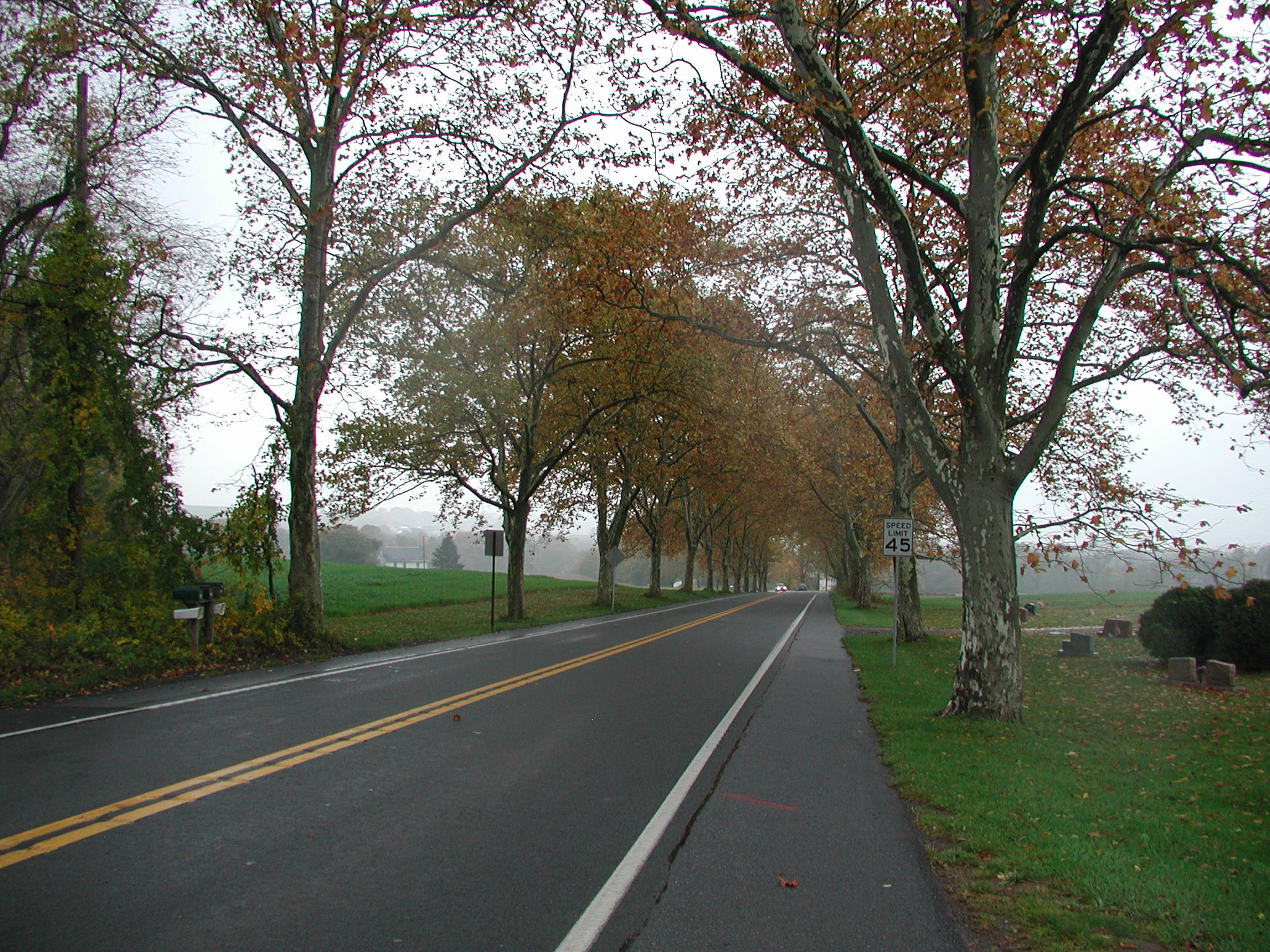
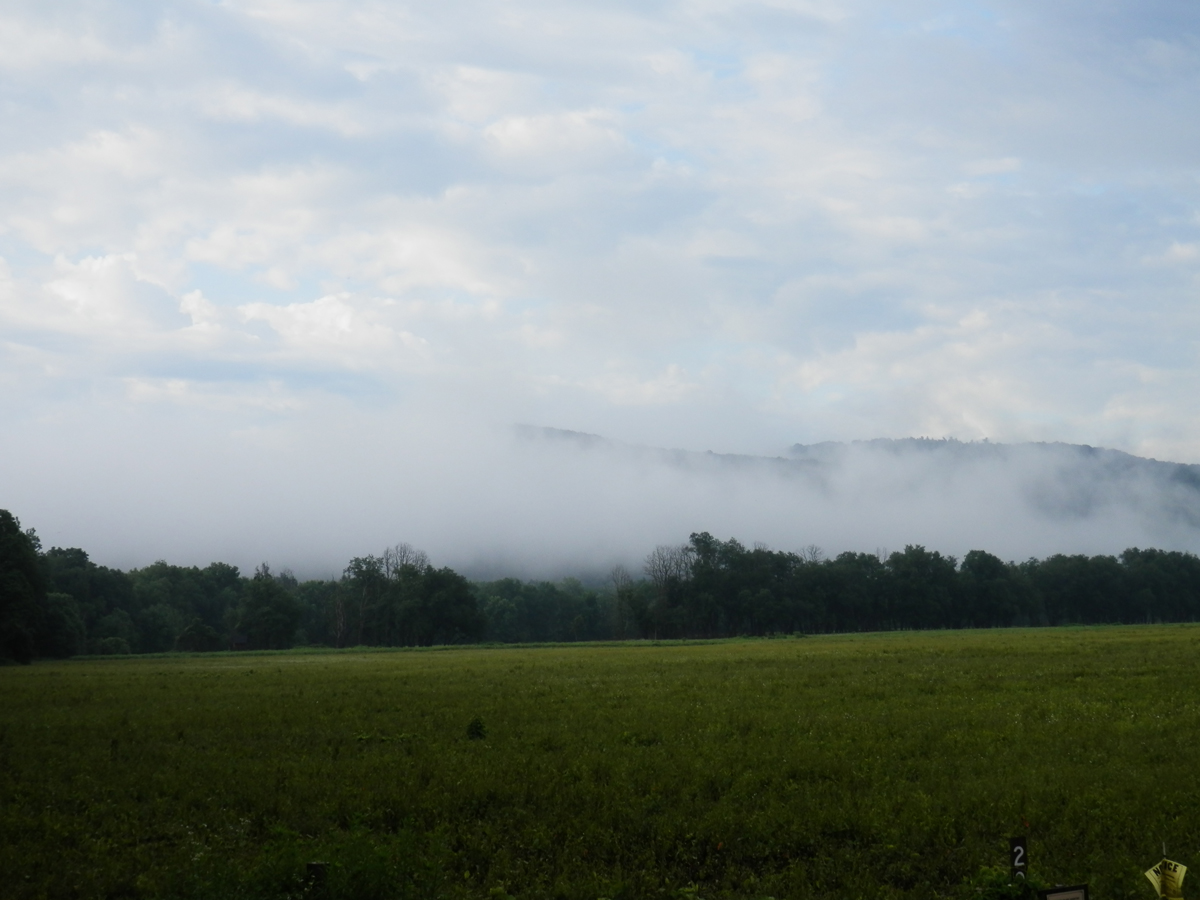
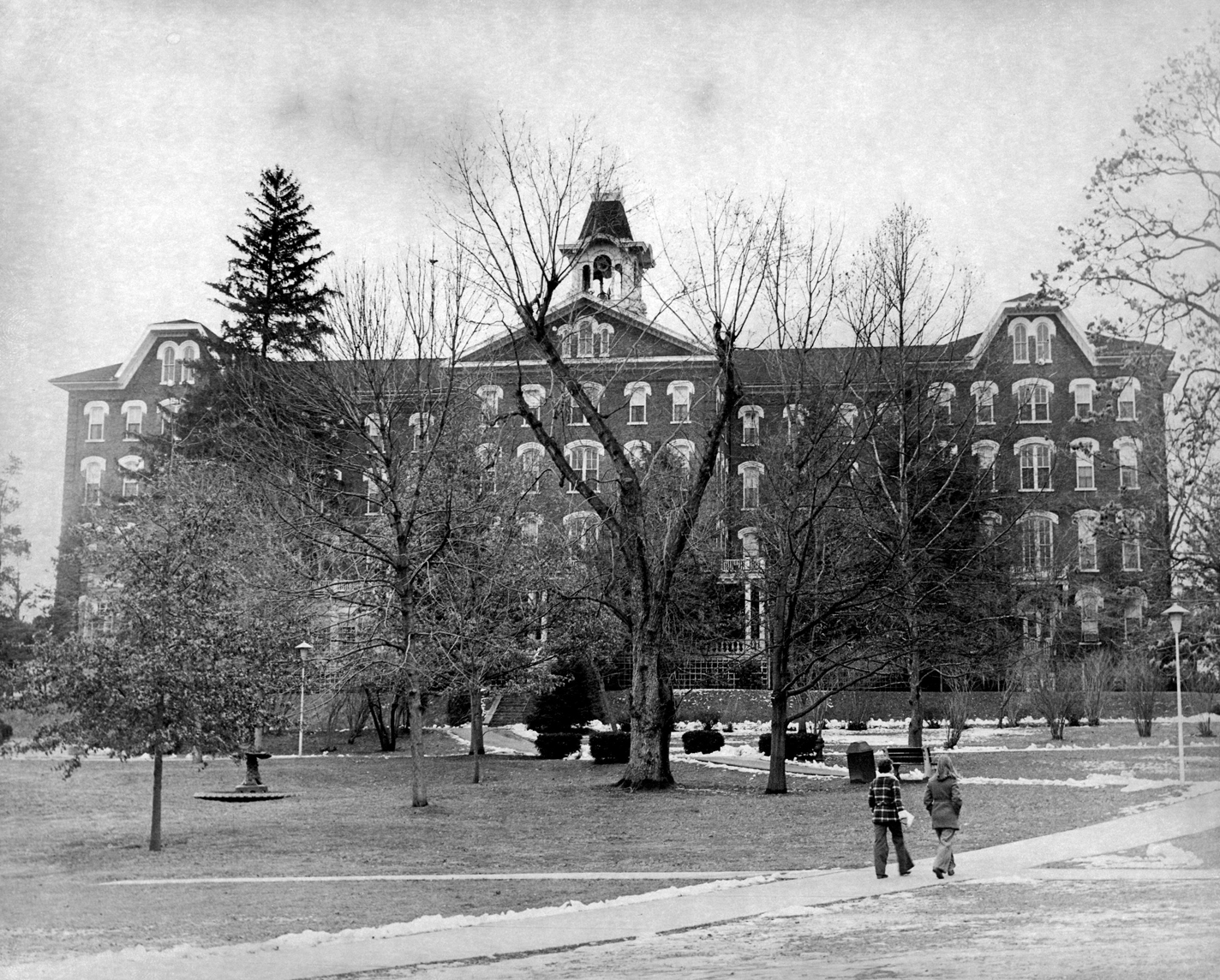
Recent Comments